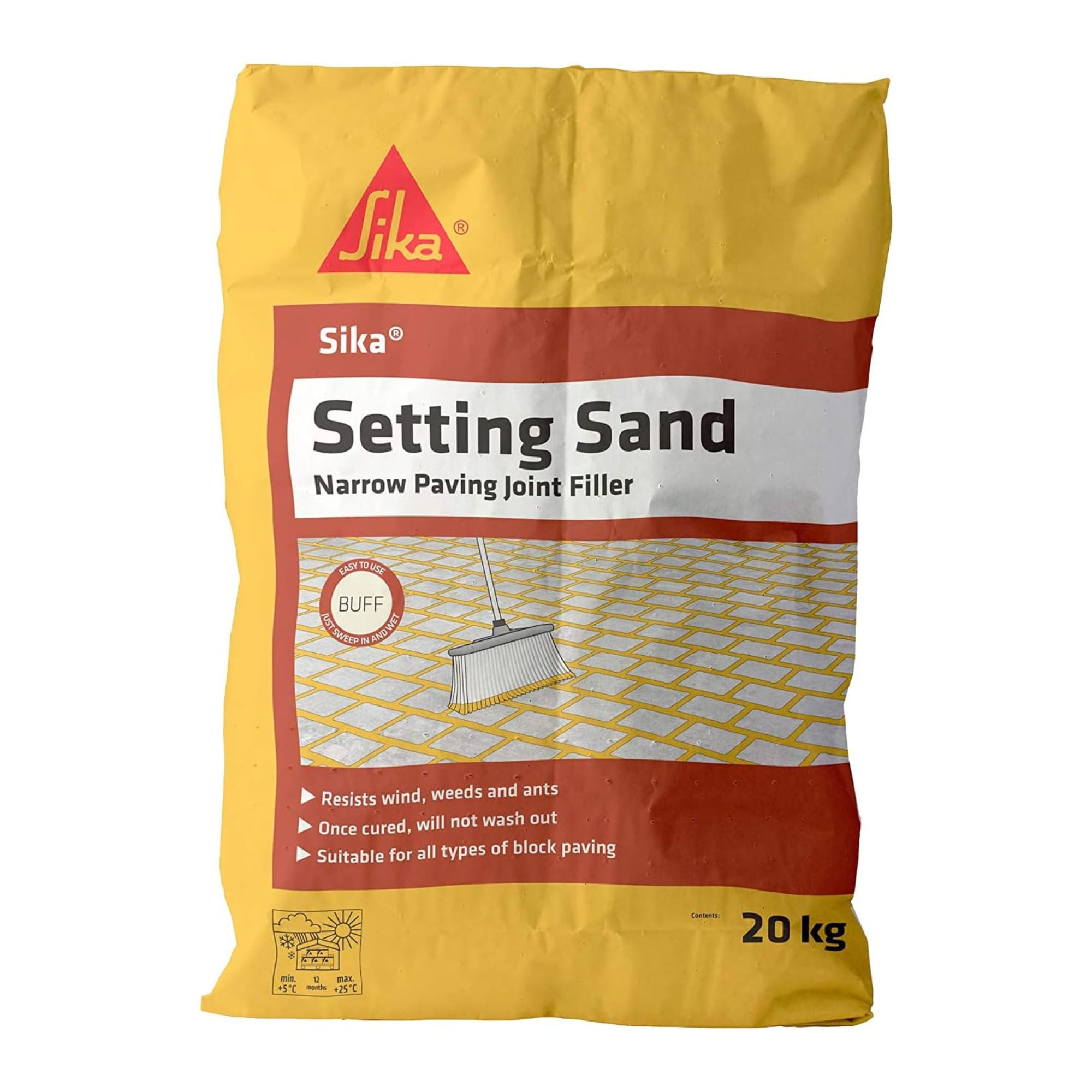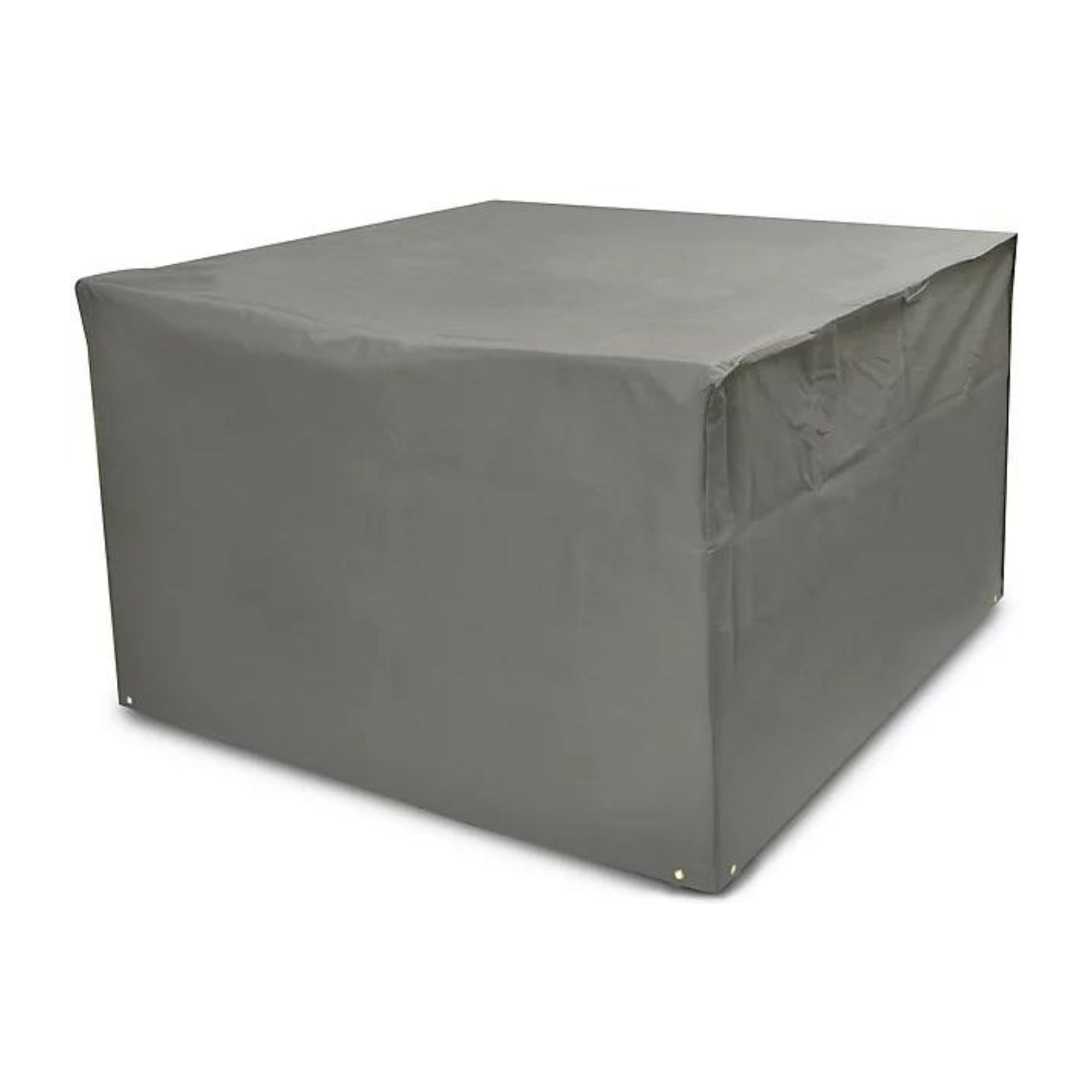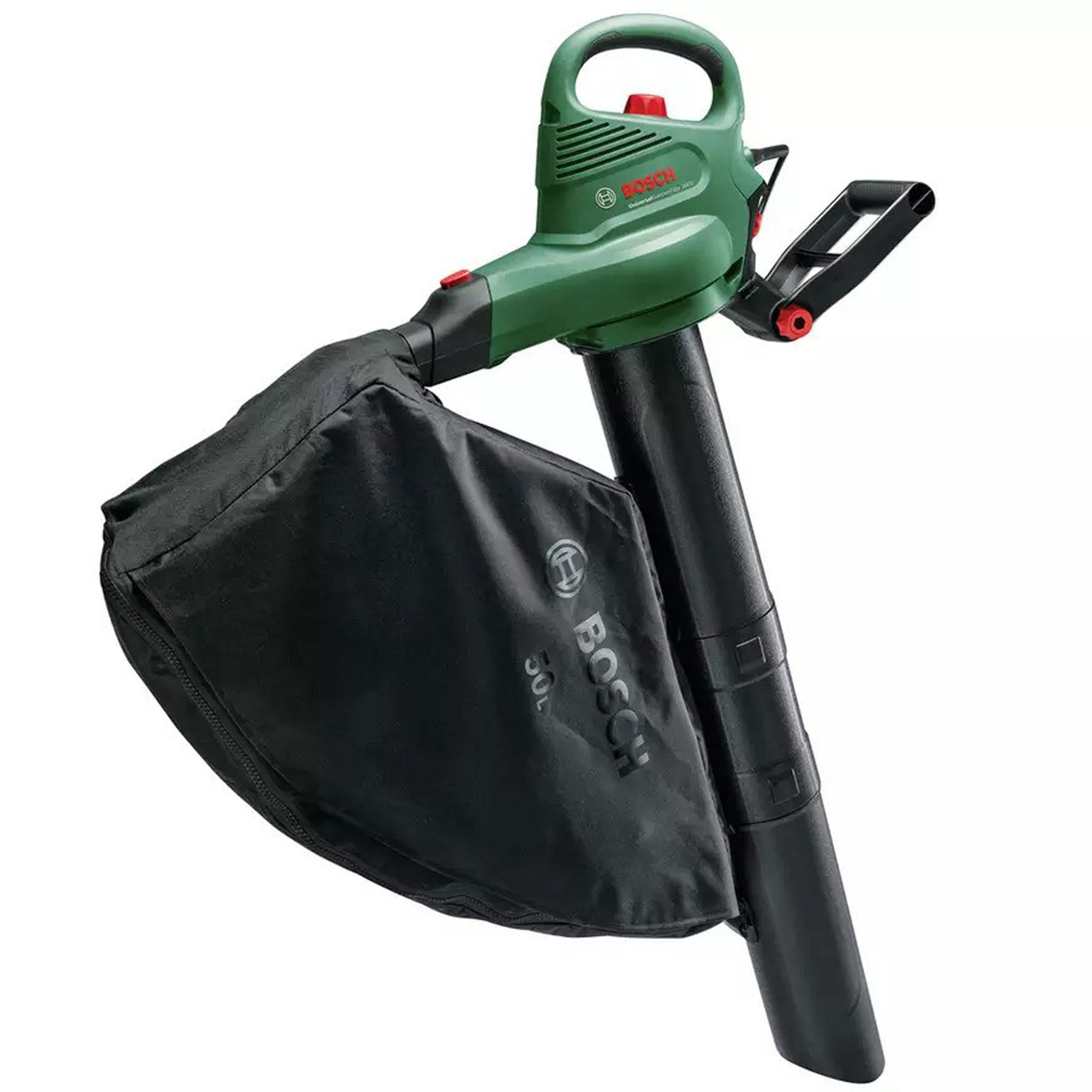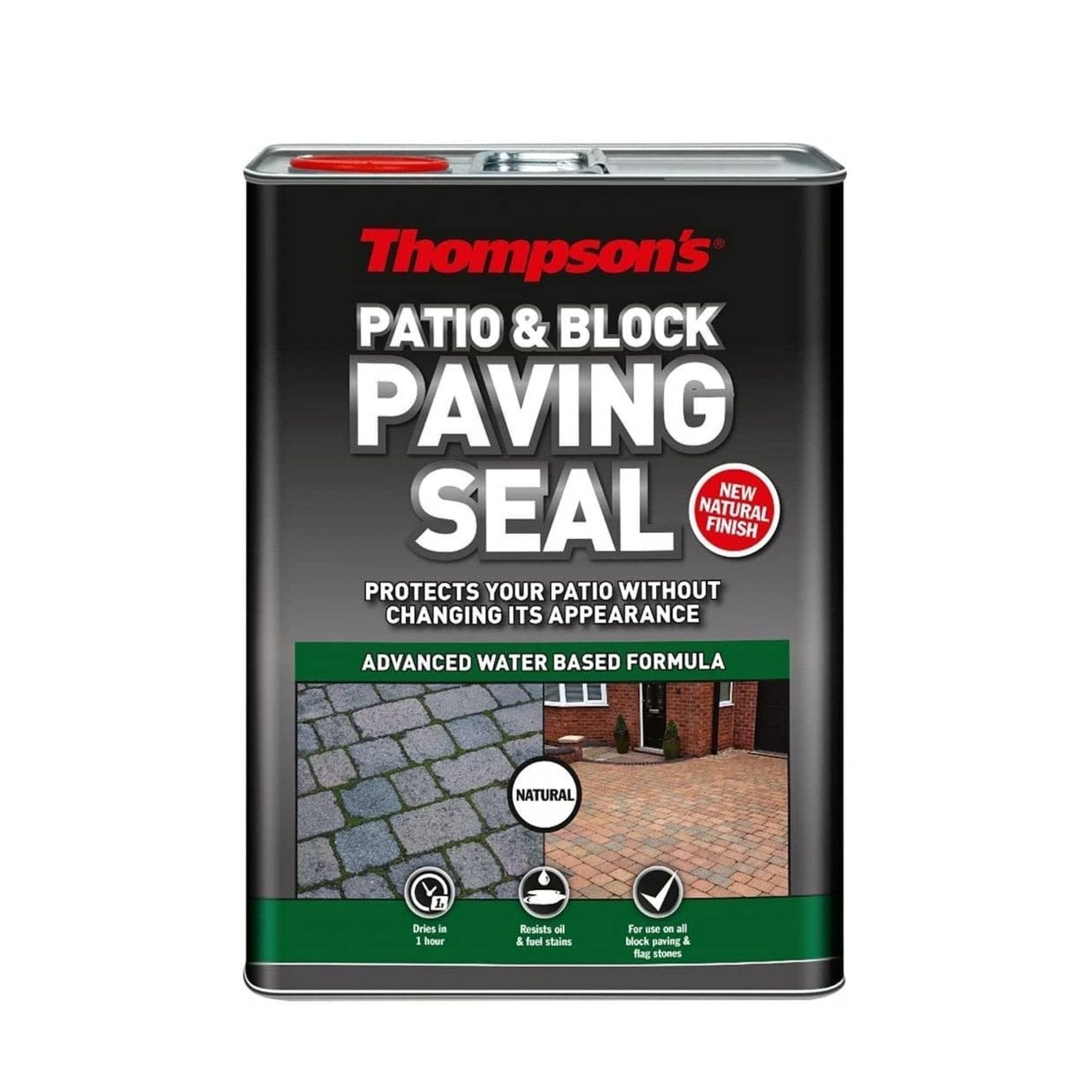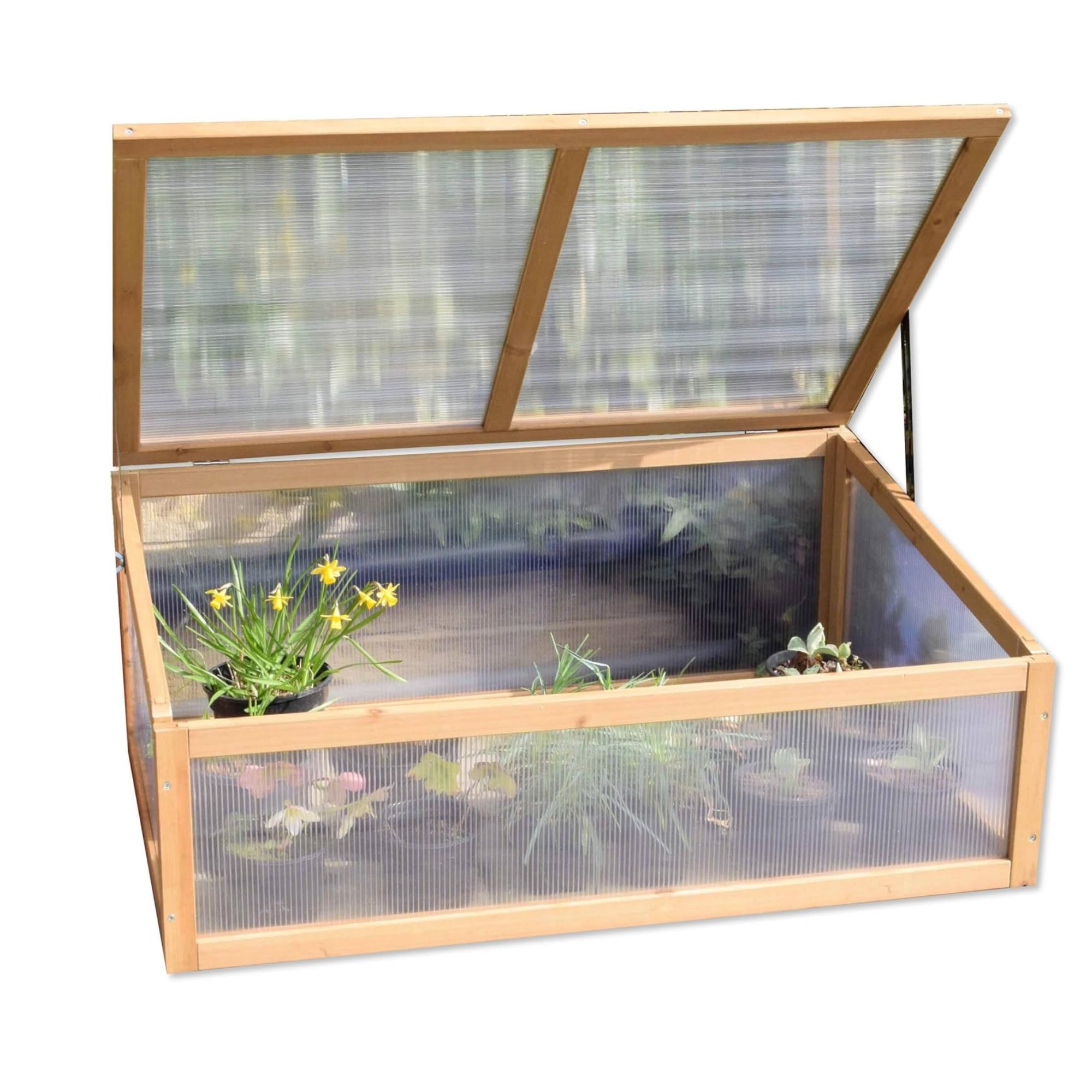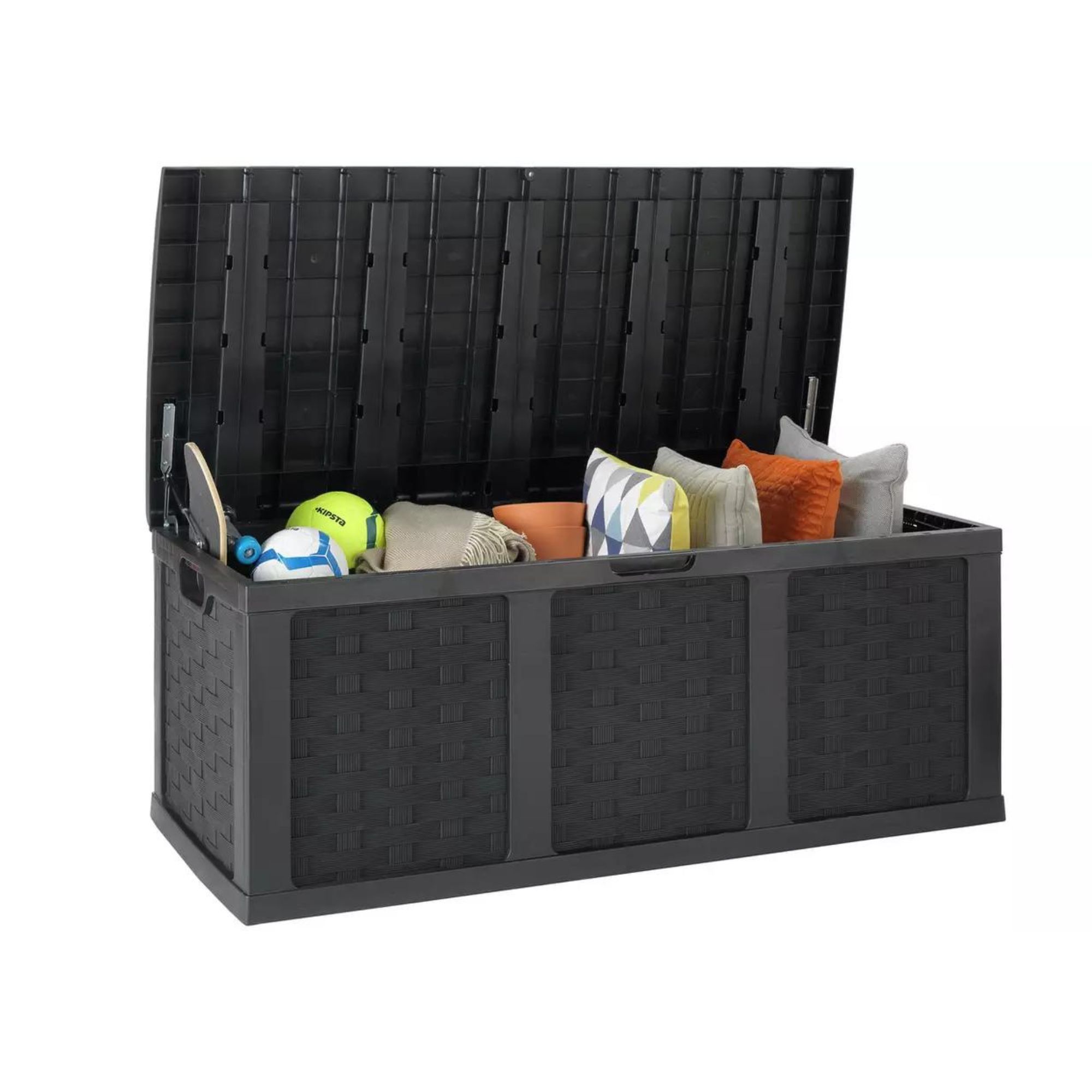How to prepare your patio for winter - experts urge homeowners to complete these 7 tasks before the cold weather takes hold
From protecting your plants to sealing your pavers, these tips will keep your patio in shape until winter
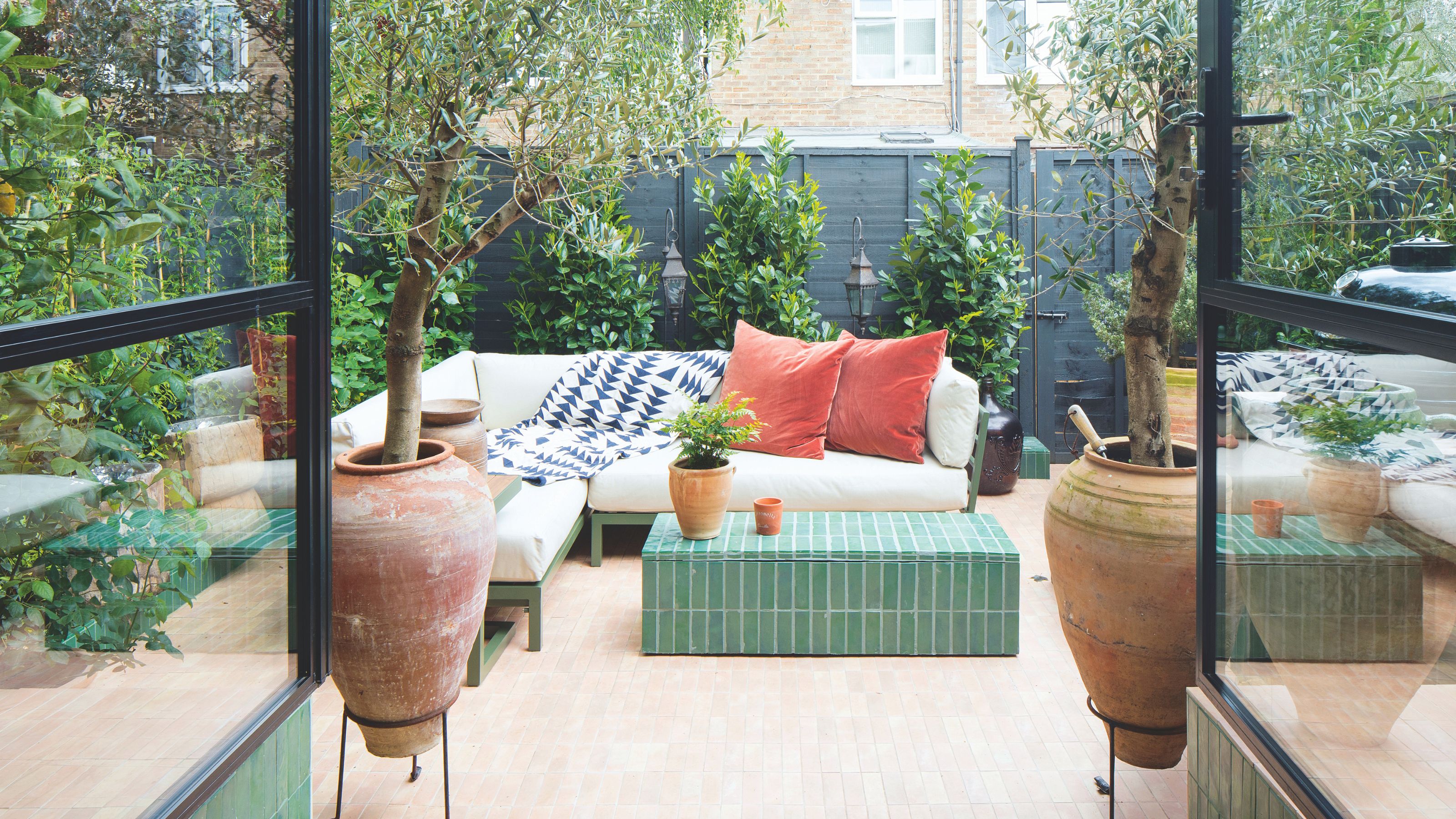

You only need to step outside to realise that summer is well and truly over. The mornings are chilly, our electric blankets are plugged in, we’ve swapped our iced coffees for pumpkin-spiced lattes, and our summer blooms are no longer. So, now is the perfect time to prepare your patio for winter.
Of course, when you’ve put your money, sweat, and sometimes literal tears into bringing your patio idea to life, winter can be a real killjoy. Although the brave amongst you can still use it as your outdoor kitchen or the home of the best winter plants for pots, the likelihood is that you’ll shut up shop and close the doors on your patio for the cold and wet months. You can’t do that on a whim, though.
Before you say goodbye to your patio for the next few months, you have to give it the TLC it needs to survive the harsh UK winter. So, from protecting your pavers to keeping your plants alive and deterring pests, this is how to prepare your patio for winter.
1. Give it one last clean

Although it may seem counterintuitive to clean your patio before it is bombarded with wind, rain, and cold temperatures, giving your patio one last clean before winter will not only prepare it for the gloomier months of the year but also make it easier to clean when you open it back up again next year.
Steven Walley, patio and paving expert from London Stone, explains, ‘The best way to keep your patios perfect for next year’s spring and summer is to make sure that you regularly clean them in the winter months.’
And while you can clean a patio without a pressure washer with the help of the best patio cleaners, the best pressure washers can come in extremely handy if you have harder tiles that can withstand the extra pressure.
There’s an art to this, though. Emily Green of Howarth Timber says, ‘Instead of spraying the jet straight onto the surface, work from a considerable distance and at a shallow angle (no more than 30°), moving diagonally. This is to prevent parallel washing of the joints from damaging the cement pointing.’
Sign up to our newsletter for style inspiration, real homes, project and garden advice and shopping know-how

Crowned the 'best overall' pressure washer in our guide, this pressure washer is extremely easy to use - and it even comes with its own cleaning detergent.
2. Repair any damaged or loose slabs
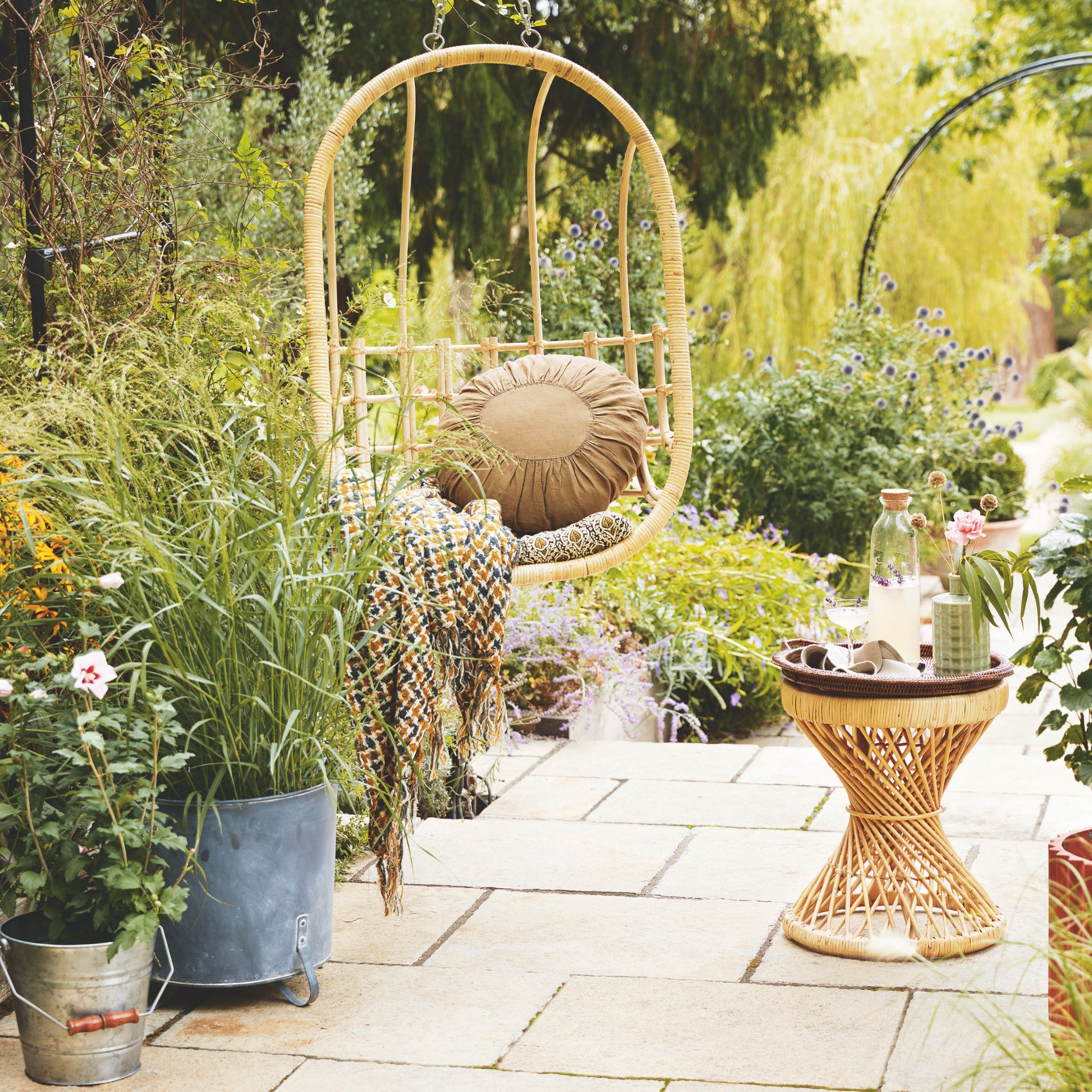
It’s not uncommon for patios to suffer from general wear and tear as the years go by - especially if your patio is made from softer stone, such as sandstone. And if you want to prepare your patio for winter, it’s a good idea to keep an eye out for any damage now. This is the same if you want to prepare your driveway for winter, too.
Nick Ee, product and training manager at BLACK+DECKER, warns, ‘Cracks or loose pavers can become worse with freeze-thaw cycles during the colder months. Water enters cracks or gaps, freezes, expands, and causes further damage.’
In fact, if you leave damaged patio slabs or pavers, you may have to lay a completely new patio next year if it's beyond repair. So, it’s best to repair any damage now before winter really sets in.
Nick suggests, ‘For loose pavers, lift them, clean out any debris or old sand underneath, and add a fresh layer of levelling sand to create a stable base. Reposition the paver, ensuring its level with the surrounding area, and tap it down gently with a rubber mallet. Finally, sweep polymeric sand into the joints between the pavers and mist with water to harden.’
And trust us, replacing just one patio slab is so much easier (and cheaper) than replacing the whole thing, so you won’t regret it.
3. Protect garden furniture
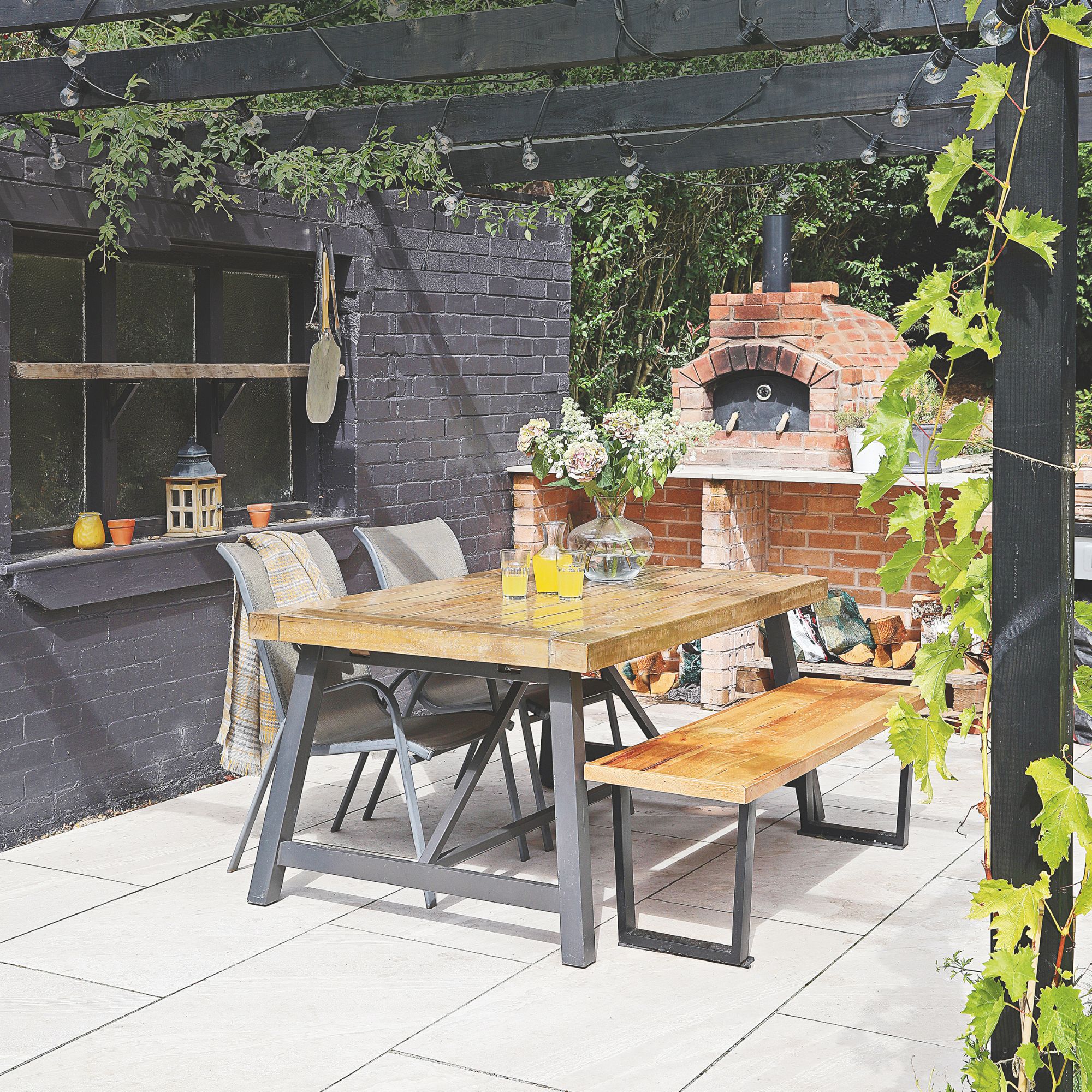
You should always store garden furniture undercover over winter - say, in your shed or garage - if possible. This can help to protect your furniture (and your patio) from water pooling, rusting, and algae growth.
However, we understand that this isn’t always possible, and if you have limited storage, it’s best to protect your garden furniture with an outdoor furniture cover instead. Before you do that, though, give your garden furniture one last clean.
Luke Dejahang, Gardening Expert and CEO of Crown Pavilions, says, ‘You should make sure to bring in any furniture that isn't weather-proof, as you don't want it to get damaged and have to replace anything or spend any extra money. If you don't have the space to move them elsewhere, outdoor covers are great for protecting your pieces left out in autumn and winter.’
Just make sure you buy a cover that fits your garden furniture perfectly and, ideally, one that can be tightened to ensure a snug fit.
4. Keep brushing the leaves away
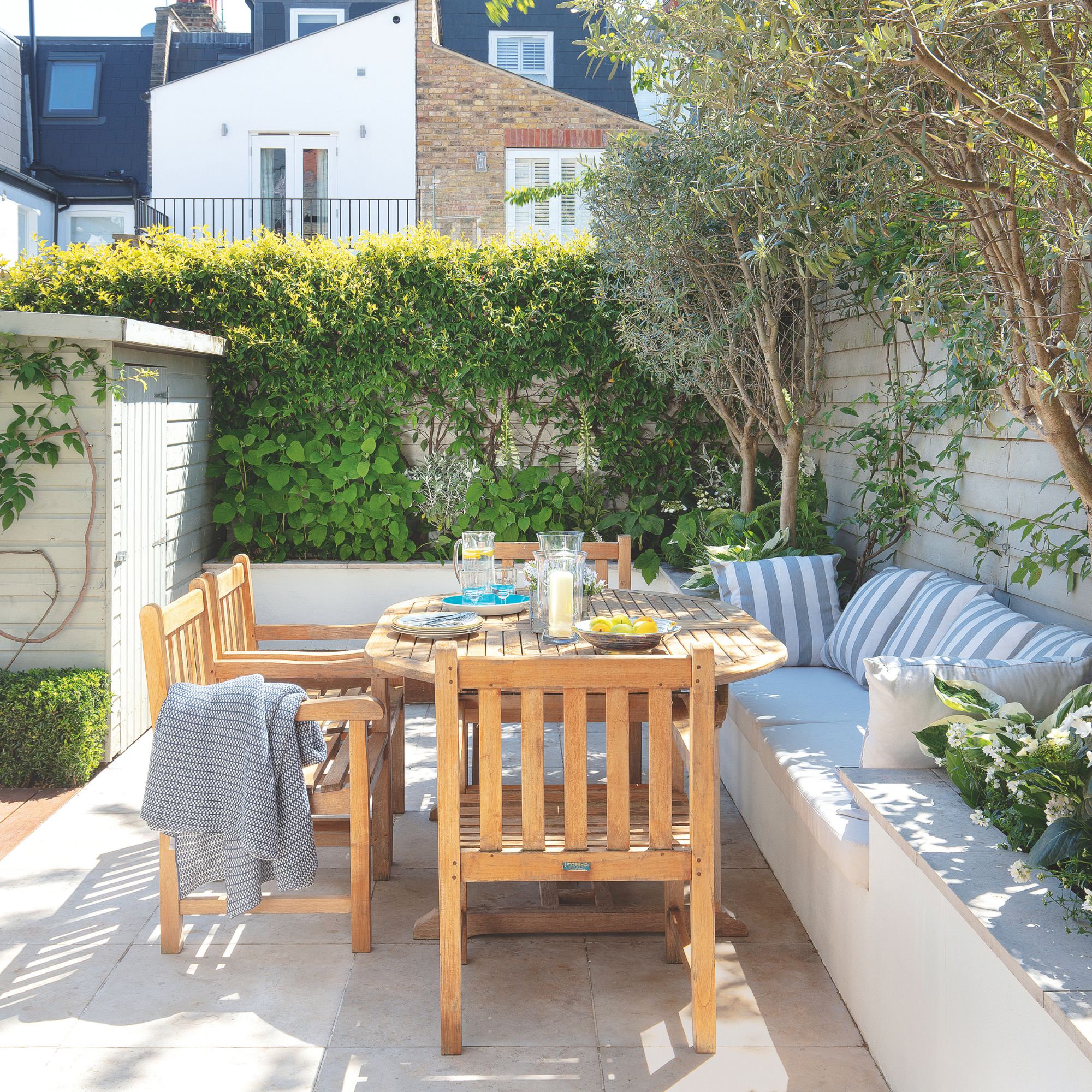
As the autumn leaves fall, they can create a pretty carpet of red, orange, and yellows on your patio - and you may be inclined to keep them there. But if you want to prepare your patio for winter, it’s best to keep brushing them away when you can.
More than anything, this is for the safety of your family. Steven advises, ‘Make sure to keep on top of sweeping leaves away during the autumn months to avoid leaves gathering and making your patio slippery.’
Brushing the leaves off your patio can also help for cosmetic purposes, as leaving leaves on your patio over winter means that they’ll start to decompose and rot - potentially staining your patio slabs in autumnal colours and the build-up of mould and mildew.
Of course, you can also use one of the best leaf blowers if you’re short on time. Just make sure to get one with an integrated vacuum, so you’re not just blowing them elsewhere.
5. Seal it from the elements

Sealing is one of the best ways to prepare anything for winter - no matter whether you’re preparing your decking for winter or cleaning metal garden furniture before winter. This sealant will serve as a protective coating for your patio and add water resistance, which should keep it dry and algae-free over the wetter months.
Becky Russell, a home improvement content creator from @surreyhousediy advises everyone to seal their patio before the winter months. In an Instagram reel, she writes, ‘Sealing your patio for the colder months can help protect it from moisture, prevents cracks from freeze-thaw cycles, and extends its lifespan. It also helps maintain its appearance and reduces the need for repairs.’
She also adds, ‘Select a sealer appropriate for your patio material (e.g., concrete, stone, or brick). There are different sealers for different materials, such as penetrating sealers or film-forming sealers.’ So, always make sure you choose the right option for you and follow the instructions for that specific product.
In most cases, however, the easiest way to seal your patio is to paint on the sealant using a paint roller before letting it dry out. Just remember to clean your paint roller afterwards.
6. Bring patio pots inside
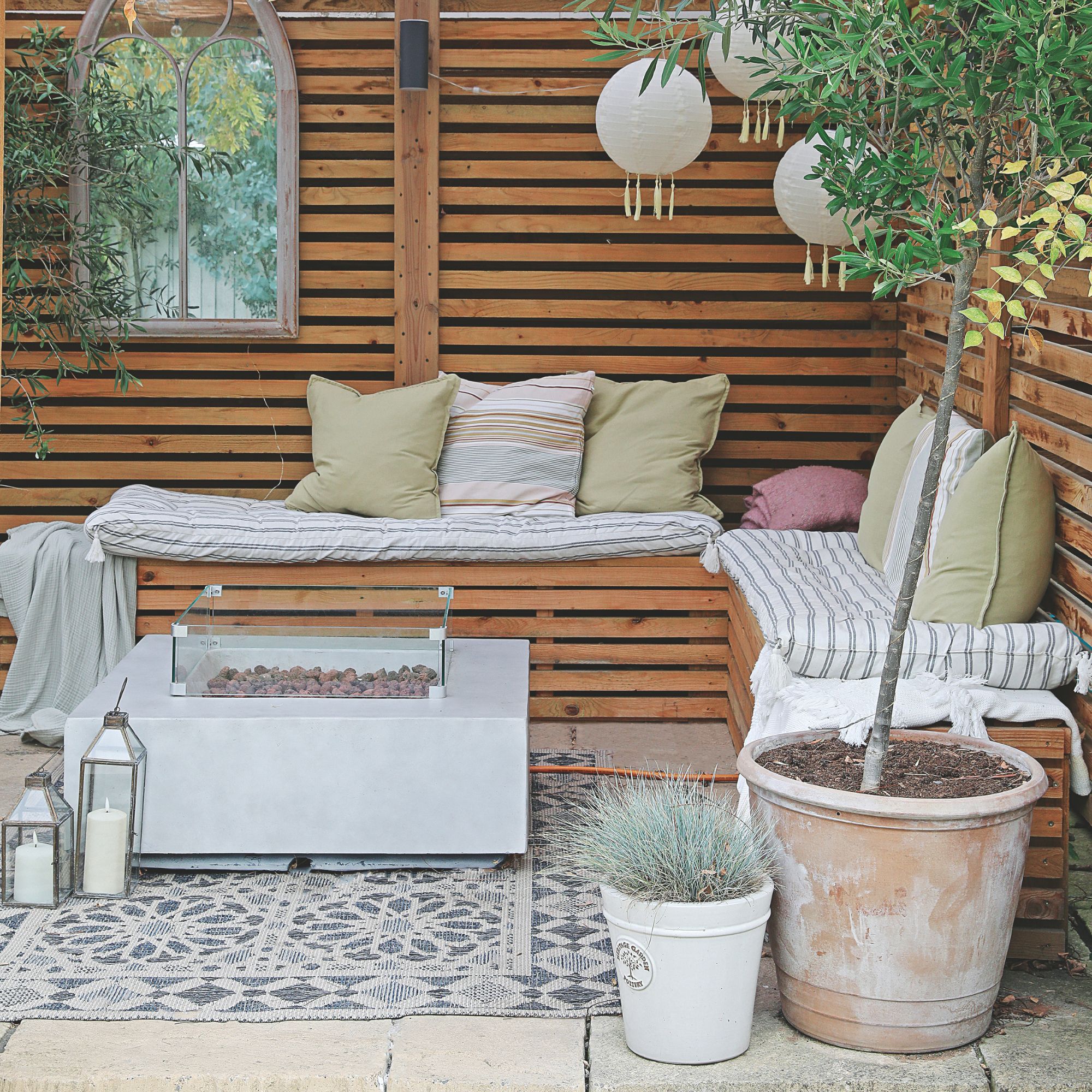
One of the best ways to make your patio look expensive is to fill it with plants and flowers, which is why container gardens are so popular. However, one of the biggest container garden mistakes you can make is allowing your tender patio plants to succumb to the cold.
Because of this, you should take note of the plants that you need to bring inside in winter. And while you don’t need to do that right this instant - experts suggest bringing them in before the end of November.
Luke advises, ‘If you have any potted plants or flowers on your patio, it is best to bring them indoors or place them in a sheltered area to protect them from the winter weather and any frost. This will help to ensure their survival and wellbeing during winter, so they will be ready to grow and bloom again in the springtime.’
If you don’t have space inside your home to keep them safe, it might be worth investing in a cold frame to keep in your garden.
7. Keep it free from clutter
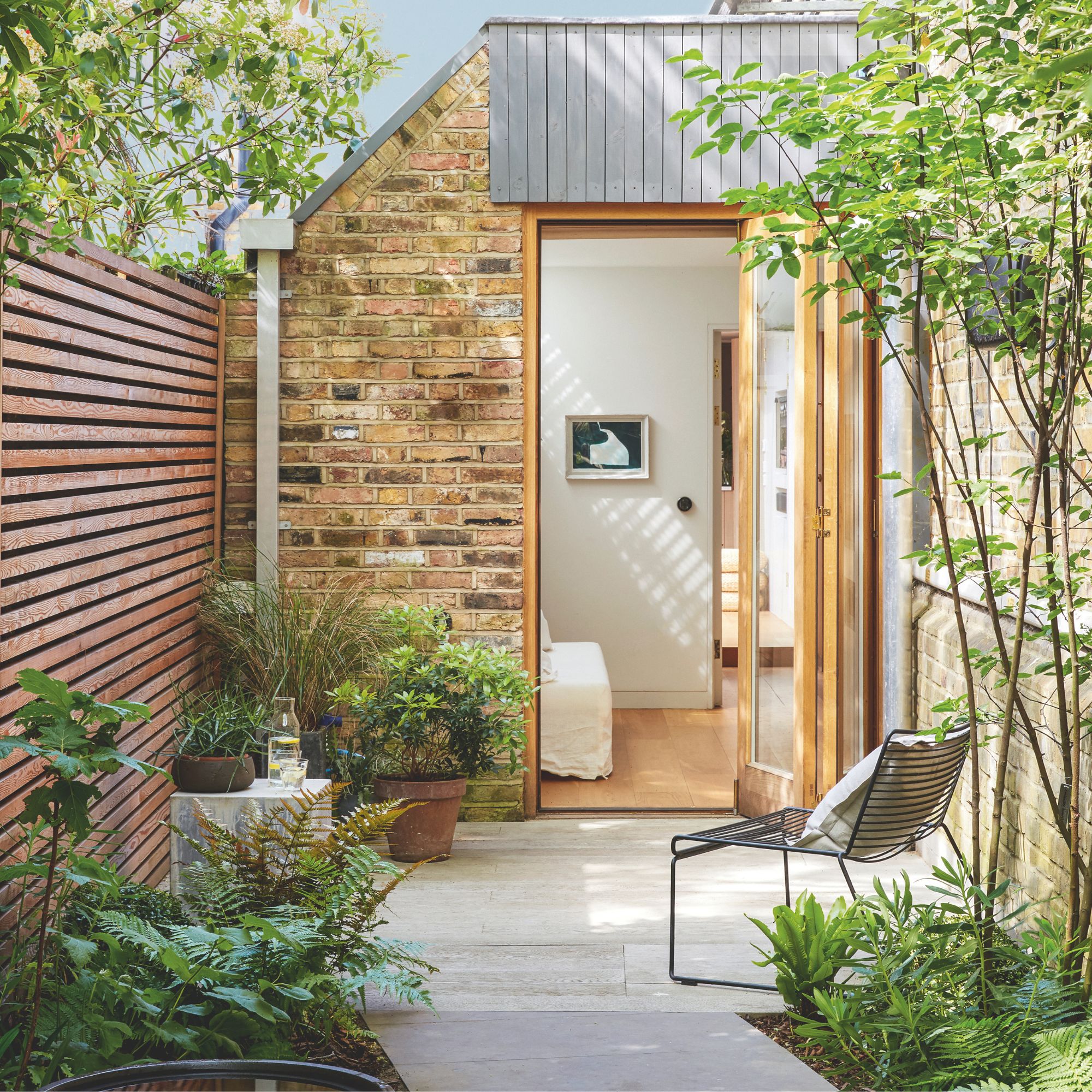
Just as you should declutter your home, you should also declutter your outside space when preparing your patio for winter. But opting for one of the many garden storage options for this clutter won’t just make the place look tidier. It’ll also help to deter pests - especially if you want to keep foxes out of your garden and stop rats entering your garden over winter.
Steven says, ‘Simple jobs such as keeping a well-kept lawn, removing plant litter and storing wood piles inside a shed or garage can all help to deter pests from your patio garden over the winter months. If you have outdoor furniture or a barbecue area on your patio, make sure to wipe down the surfaces, as the smallest drops of food can attract pests to your patio.’
And while you can’t get rid of everything that attracts pests, it might be worth moving a few things around - especially if you have a compost heap or keep your wheelie bins near your patio.
‘If you have a compost bin, make sure it is placed far away from your house and your patio garden as this can attract pests,’ says Steven. ‘Similarly, make sure bins are regularly emptied - both inside and outside - as pests are often drawn to food and standing water.’
FAQs
How do I make my patio usable in the winter?
Preparing your patio for winter also gives you the chance to use it in the winter. But there are some other products and additions you can use to ensure you don’t freeze on your patio. They are:
- One of the best patio heaters or fire pits to keep warm on a chilly day.
- Outdoor lighting to brighten up the colder evenings.
- Natural or wooden screening around the patio to block the cold wind.
- A pergola to cover your patio from the rain.
- Waterproof furniture and cushions so they don’t get ruined.
Is it okay to lay a patio in the winter?
While you can lay a patio in the winter, most experts would advise against it. The general rule of thumb is that if there’s frost on the ground or temperatures dip below 3℃, you should avoid laying a patio. This is for your own comfort but also for the sake of the materials used.
After all, it’s extremely hard to lay a patio on a frozen surface, and you may find that the stones become brittle and more prone to damage. If that wasn’t enough, the polymeric sand used between the stones may harden prematurely.
So, there you have it - that’s how to prepare your patio for winter! Will you be ticking these tasks off your to-do list?

Lauren Bradbury has been the Content Editor for the House Manual section since January 2025 but worked with the team as a freelancer for a year and a half before that. She graduated with a Bachelor’s degree in English and Creative Writing from the University of Chichester in 2016. Then, she dipped her toe into the world of content writing, primarily focusing on home content. After years of agency work, she decided to take the plunge and become a full-time freelancer for online publications, including Real Homes and Ideal Home, before taking on this permanent role. Now, she spends her days searching for the best decluttering and cleaning hacks and creating handy how-to guides for homeowners and renters alike, as well as testing vacuums as part of her role as the Ideal Home Certified Expert in Training on Vacuums, having spent over 110 hours testing different vacuum models to date!
